While aviation accounts for a relatively small share of carbon dioxide emissions, experts have explained that these could triple by 2050. This is a reason for the aviation industry to focus on ways to reduce a sector’s footprint in constant growth.
The aeronautical sector not only emits a carbon footprint, but also water vapor, aerosols, and nitrogen oxide are highly polluting and have a direct impact on global warming. So what are companies doing to mitigate emissions?
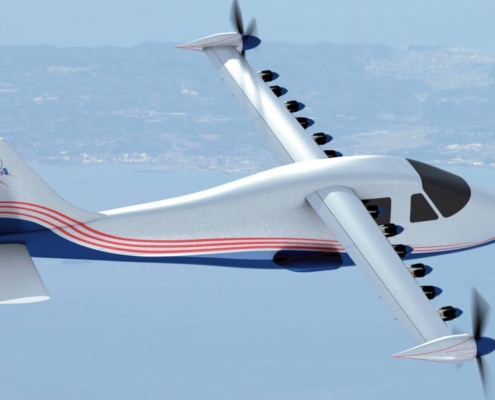 Alternative fuels: Today, many manufacturers are experimenting with different materials to create sustainable alternative fuels. Studies even report that the use of biofuels could reduce pollution by up to 60%.
Alternative fuels: Today, many manufacturers are experimenting with different materials to create sustainable alternative fuels. Studies even report that the use of biofuels could reduce pollution by up to 60%.
Electric or hybrid aircraft: Although electric motors currently have a limited range, it is expected that by 2040 all short-duration flights will be carried out in electric aircraft. Meanwhile, other companies are working on the creation of hybrid models, a solution that would help to extend the routes and the duration of the flights.
Innovation in navigation: The implementation of artificial intelligence is helping to optimize the planning of flights and air routes. Big data analytics and artificial intelligence are helping to find new ways to save fuel. This will continue to advance as airplanes are equipped with more sensors, with which millions of data could also be analyzed to optimize as many aviation variables.
The aeronautical industry is perceived as a sector in constant innovation and all thanks to new technologies. However, to achieve a really important advance, the related companies will have to pay for expensive and long-lasting research, so that to see a significant change in the sector will still take a few years.
source: https://www.nationalgeographic.es/viaje-y-aventuras/2021/01/viajes-en-avion-mas-limpios-dependeran-de-tecnologias-emergentes

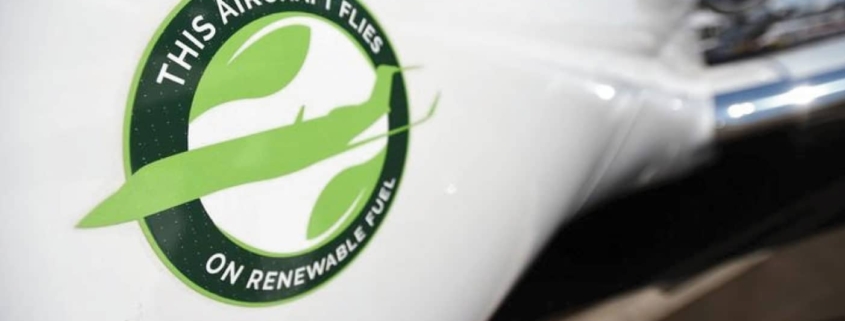 https://cn.reuters.com/article/aeroespacio-contaminacion-jets-lujo-idESKBN1X31LI
https://cn.reuters.com/article/aeroespacio-contaminacion-jets-lujo-idESKBN1X31LI
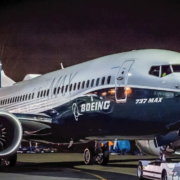 https://www.xataka.com/vehiculos/avion-boeing-737-max-sus-dos-accidentes-fatales-cinco-meses-encienden-alertas-aviacion-comercial
https://www.xataka.com/vehiculos/avion-boeing-737-max-sus-dos-accidentes-fatales-cinco-meses-encienden-alertas-aviacion-comercial 

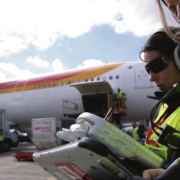 https://megustavolar.iberia.com/2013/11/asistencia-en-tierra-a-un-avion/
https://megustavolar.iberia.com/2013/11/asistencia-en-tierra-a-un-avion/ 
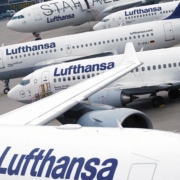 https://aeronoticias.com.pe/noticiero/lufthansa-prueba-su-nuevo-concepto-sleepers-row/
https://aeronoticias.com.pe/noticiero/lufthansa-prueba-su-nuevo-concepto-sleepers-row/ 


Leave a Reply
Want to join the discussion?Feel free to contribute!